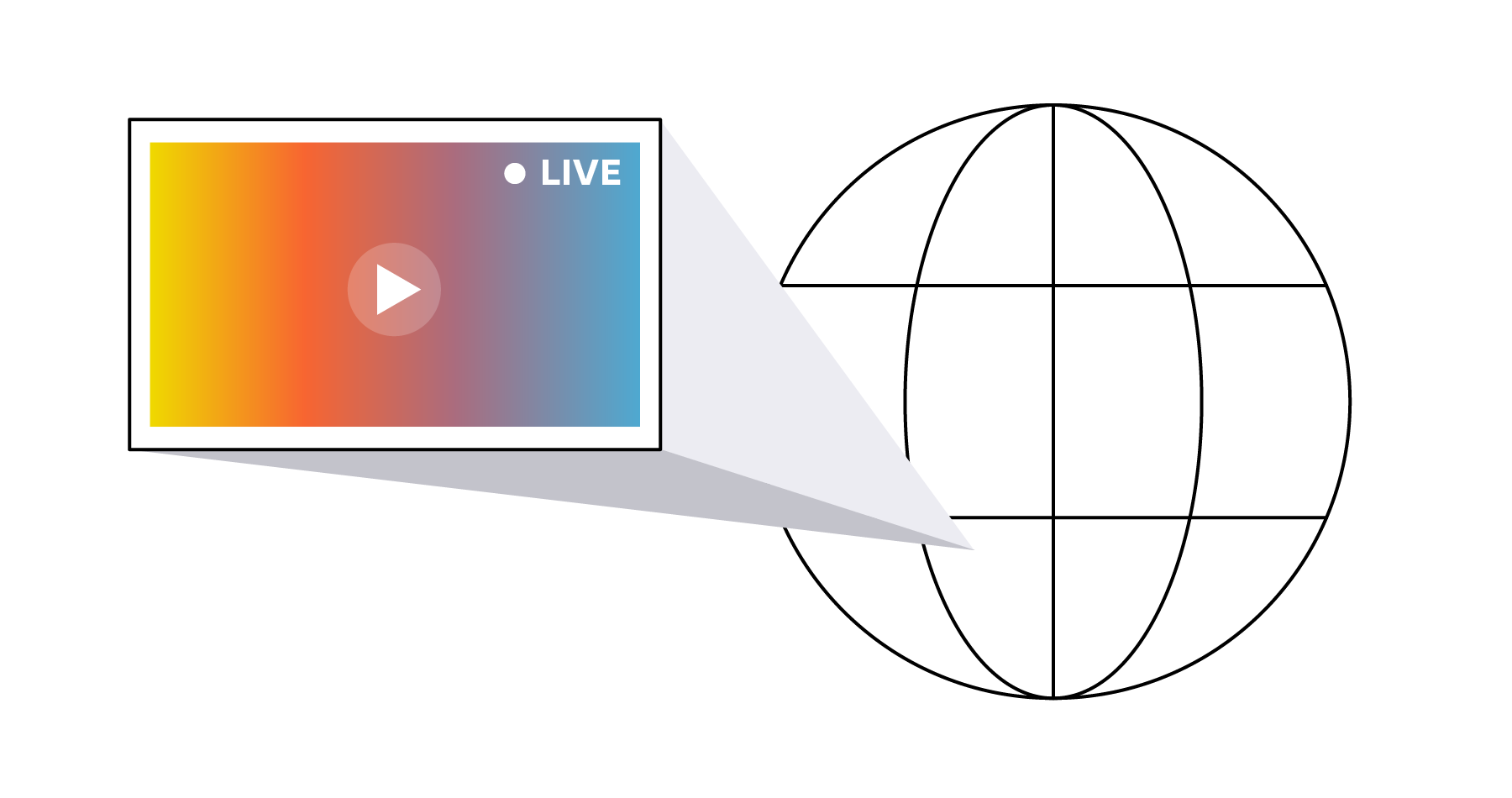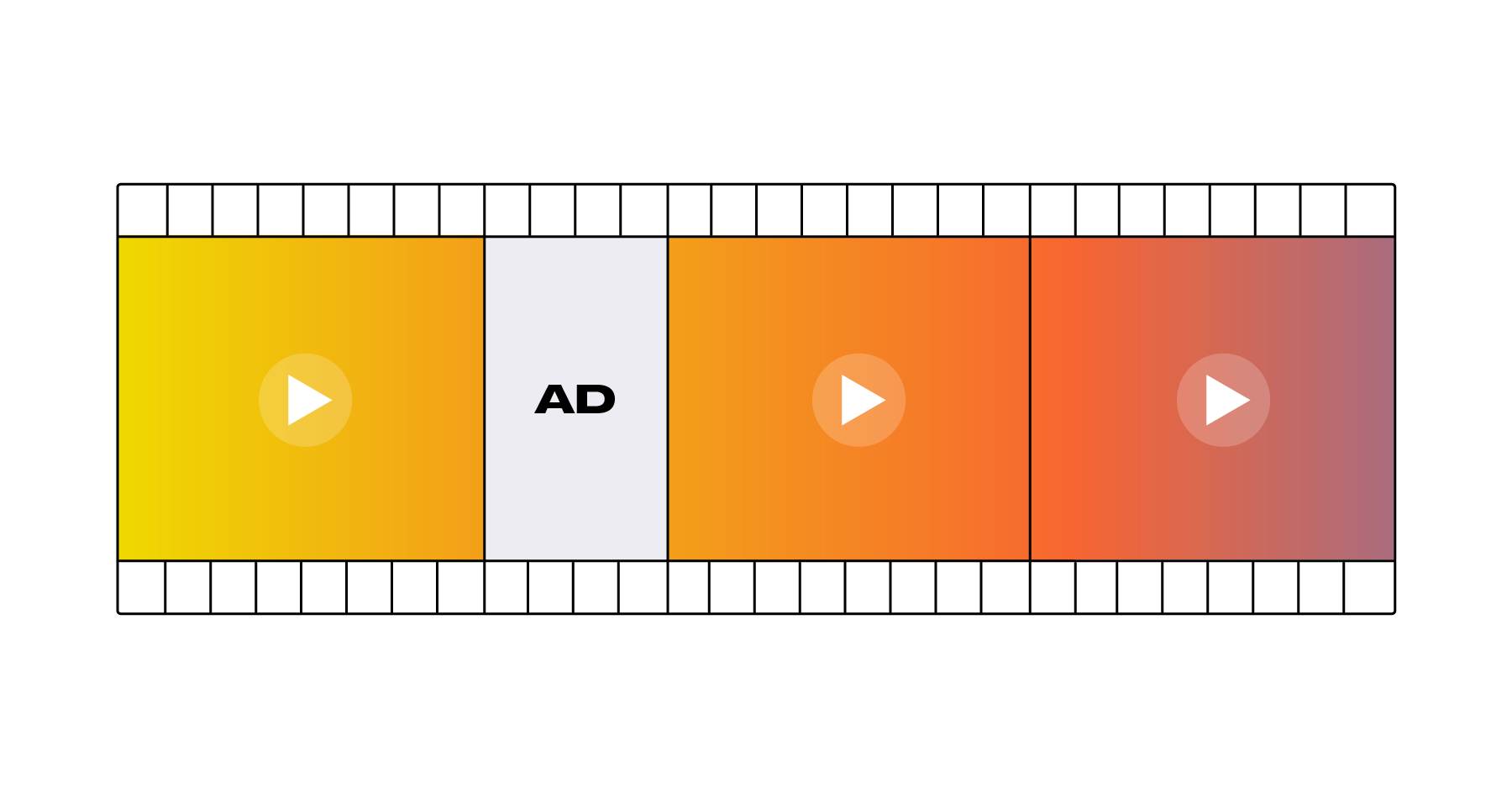How Video is Transforming Performing Arts
Media

Forced by necessity and driven by creativity, performing arts organizations today are embracing a hybrid model and finding innovative ways to use video to engage existing audiences and make new ones in every corner of the globe. This transformation was already underway when the pandemic kicked it into high gear. With theatres lowering their curtains, stadiums closing their gates, and film sets shutting down indefinitely, it was critical for the entertainment industry to adapt by leveraging digital solutions.
The show must go on: Combining arts and technology
Rising to the challenges of the past year, performing arts groups all over the world had to find new ways to engage fans, monetise content, and grow audiences in response to many in-person seasons being cancelled.
With a mission to bring the power and beauty of orchestral music to more people in more places, the Sydney Symphony Orchestra has been using video to grow its audience and share performances with people who might not be able to attend the symphony in person.
During the lockdown, the SSO smoothly transitioned to video and made pre-recorded concerts and productions available on demand to audiences across the globe. Of course, for an orchestra, delivering high-quality performances with exceptional sound is critical, so they use Brightcove to deliver first-rate video experiences that capture every nuance of the music and keep their audiences coming back for more.
Going behind the scenes: Bringing the audience experience closer than ever
Live streaming performances on a platform like Brightcove’s allows arts groups to deliver unmatched viewing experiences for virtually any size audience – and everyone gets a front-row seat from the comfort of their own home. But lovers of the performing arts have insatiable appetites for cultural content, and video provides them with immersive experiences that can take them backstage, let them peek into rehearsals, or participate in a Q&A session with a favorite artist.
In response, video has become an integral part of many arts and entertainment organizations as they seek to offer both in-person and digital experiences.
For example, the Melbourne Symphony Orchestra recently launched MSO.LIVE, their digital platform to deliver accessible, affordable, world-class digital experiences to all audiences, to support their 2021 season. Offering 24-hour entertainment, both live and pre-recorded, MSO.LIVE delivers premium content as an alternative to traditional, in-person orchestral experiences.
The orchestra has been able to attract new audiences from around the world with the MSO.LIVE platform, and they are continually enhancing their video content by releasing new performances each month and partnering with other world-class orchestras.
The venue got a lot bigger: All the world’s a stage
While 2020 made it urgent to pivot to new digital video experiences in response to the pandemic and its impact, many arts and entertainment organisations are now embracing these experiences as a long-term growth strategy.
Video has literally opened up a new world of opportunity for these organisations to attract and engage new fans. No longer limited by their physical location or geographic borders, their performances and associated content can now be viewed virtually anywhere by anyone and at any time.
As the world opens up once again and in-person performances return, the focus will shift to how video can be used to enhance and supplement these performances as well as how it can be used to create unique and enhanced experiences for a deeply engaged digital audience. Arts organisations can look forward to a hybrid future built on the twin pillars of in-person and video.
And artists and fans can anticipate more of the connections that make performances and everything that surrounds them so powerful and meaningful.


